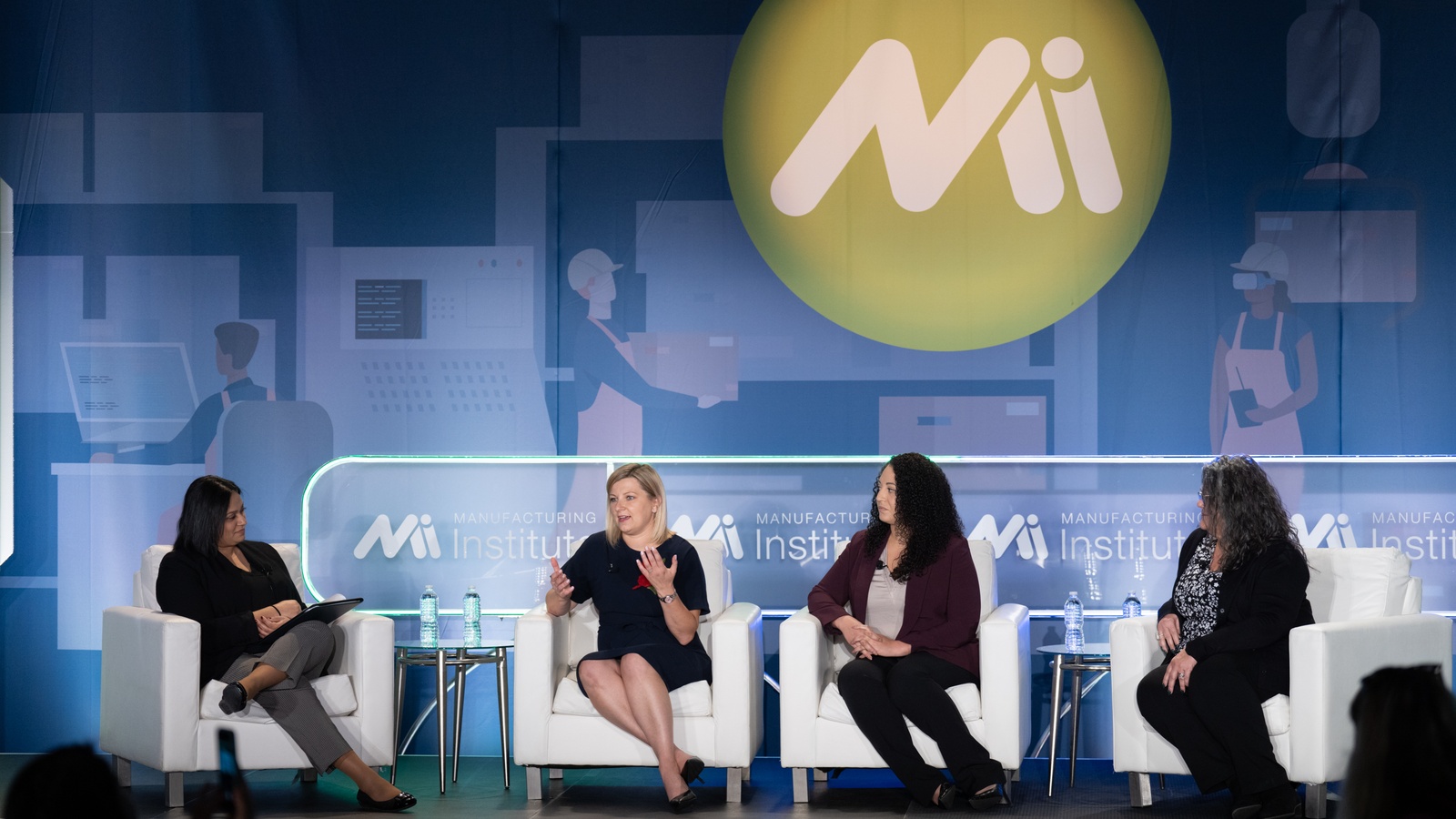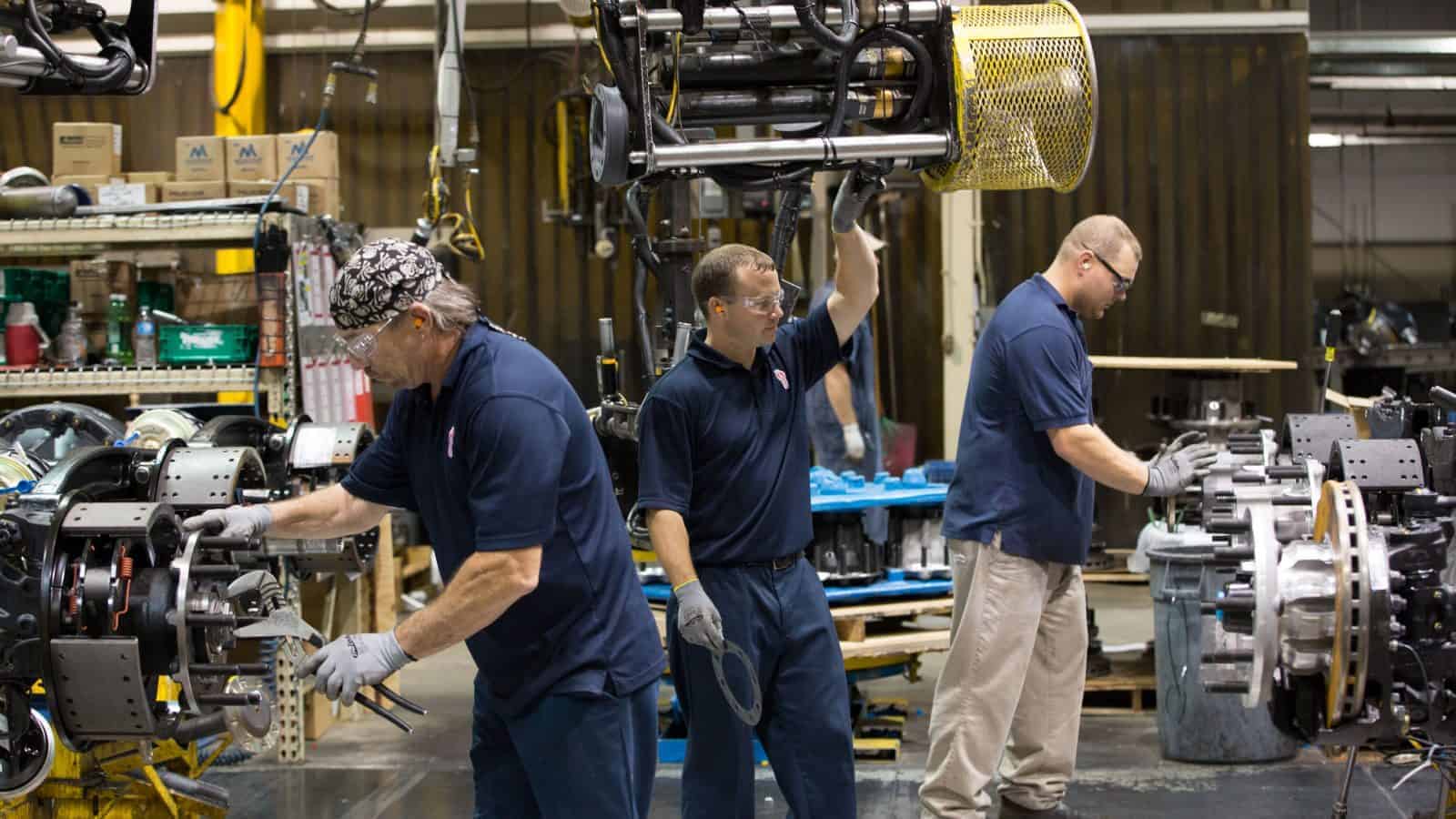How Manufacturers Should Pursue Second Chance Hiring

With one-in-four Americans possessing a criminal record, manufacturers who pursue “second chance hiring” are accessing a diverse and motivated talent pool. What do they need to know to begin?
At the Manufacturing Institute’s inaugural Workforce Summit, held in Cincinnati, Ohio, last October, panelists from manufacturers Saint-Gobain and JBM Packaging and from Envoy, a social impact advisory firm specializing in fair chance employment, shared tips on how to create such hiring programs.
Risk assessment: While safety is a concern, panelists emphasized that there is a difference between perceived risk and actual risk.
- “The data shows that second chance individuals are retained longer, have higher productivity and engage in more training than the average individual that you bring in,” said Cassi Zumbiel, managing director at Envoy.
- Saint-Gobain uses “a framework for background checks which we have developed in collaboration with our legal team. Candidates in the second chance hiring programs demonstrate higher level of commitment and a proactive approach to job searching, setting themselves up for success in future roles. We like to collaborate with our community partners in order to provide a good candidate experience and a seamless recruiting process,” explained Magda Dexter, senior vice president of communications and human resources at Saint-Gobain.
- For JBM Packaging, it’s about having honest and transparent conversations with candidates about their backgrounds. JBM also works with case managers to get referrals and assess candidates’ fit with the company.
How to get started: Dexter recommended that companies start with a pilot program, then scale it up, noting that it’s important to select a site that has the right culture, an engaged plant manager and HR support.
- Saint-Gobain has also tried out a variety of different support systems across their company, including hiring a part-time social worker as well as instituting a buddy system and a mentoring program.
- Zumbiel encouraged companies to do background checks only after a conditional offer has been made, recommending that companies should limit the look-back period to three to seven years. “That helps eliminate some of that bias and makes you really look at the candidate holistically.”
- Panelists also noted that it was important to review job descriptions to make sure they specify that second chance candidates are welcome.
From jobs to careers: Ninety percent of JBM’s second chance hires are entry-level production workers; the other 10% have mechanical or machinist skills and fill entry-level technical roles. However, Valerie Plis, director of human capital and culture at JBM, realized there was a lot of experience that the company wasn’t tapping into.
- Plis shared a story of a second chance hire who started as a machine operator. As Plis got to know her, she realized that the new hire had a background in training. The new hire progressed from an operator trainer to a lead trainer, then joined the HR team. In addition to leading training across the company, she now helms the second chance recruiting initiative, coming back full circle.
- Plis added, “At JBM, we started working on putting together some very defined career paths. It’s changed the way we conduct our performance reviews, so now we’re focused on growth and development.”
Succeed by partnering: While second chance hires come with a lot of benefits, there are also some challenges that are unique to this population. Partnering with community organizations can help, the panelists said.
- For Dexter, it’s about figuring out what the company will offer and what the community partners will offer. “We will support with on-the-job training. We will support with [providing] structure at work. We will rely on [our community partners] for job readiness and life skills training.”
- Zumbiel noted that “the community partner can advocate for the employer about the great opportunities and the benefits of working in manufacturing” and also prepare candidates to ace their interviews.
The last word: “A lot of the things we implemented, we thought we were doing just for our second chance population, but they actually ended up becoming a huge benefit for our entire workforce,” Plis said.
